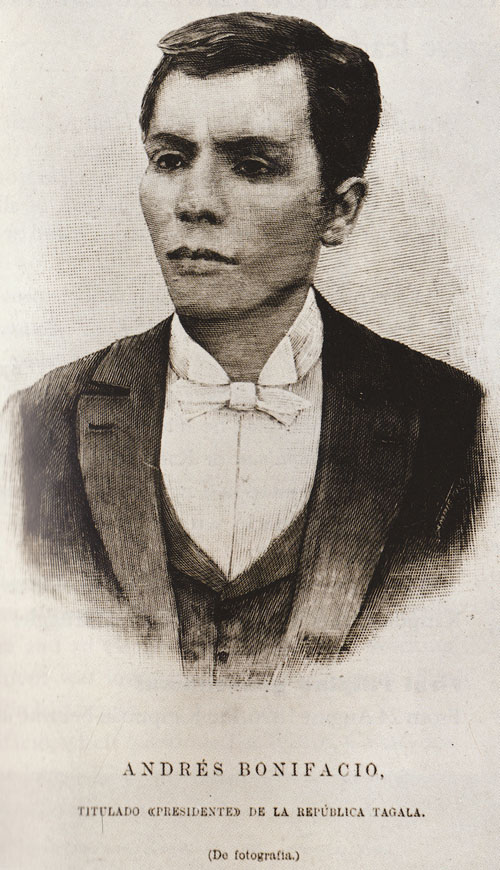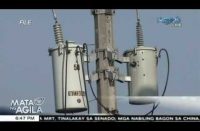
There is more to the man who was known to be a grotesque fighter who’d choose bolo over pen, wearing kamisa de tsino and red pants, the Father of Katipunan, named Andres Bonifacio, than what we have learned during our school days when we were studying Araling Panlipunan.
Let us review and study his life once more to understand better that the stereotyped Katipunero was not actually how he was portrayed to be.
We have gathered sources from an expository article written by Master Noel in tripod.com(p24),where he narrated the married life of Andres Bonifacio and from a Philippine Star interview of Atty. Gary Bonifacio.
Andres Bonifacio is one of six siblings; Andres, Ciriaco, Procopio, Espiridiona, Troadio and Maxima. He is the eldest of the Bonifacio siblings and grew up in Tondo, Manila. There he met his childhood friend, Macario Sakay. They were both literate and loved reading. Both also got in the Katipunan along with three of Bonifacio’s siblings, Ciriaco, Procopio, and Espiridiona.
Inside the Katipunan, he met his best friend Emilio Jacinto. While he was working for the KKK, he became a part-time actor in moro-moro plays to help augment the family’s income. When he became the Father of Katipunan, he was married to Monica, his neighbor, who soon died because of leprosy. When he turned 29, he met Gregoria de jesus an 18-year old woman from Kalookan. Both of them were the eldest child (panganay) and that became the start of having mutual feelings.
When they married, nobody had the idea why they did it twice. First was at Binondo Church in March 1894 then a week later, they married again in their house in Sta. Cruz where members of the Katipunan attended. That same evening, Gregoria became member of women’s chapter of Katipunan where her code name was “Lakangbini” or “Lakambini” which means ‘Muse’.
The couple had a child who was named Andres after his father. But in 1896, their house in Sta. Cruz was burned and the family had to live from one place to another. After that, their son caught smallpox and died. With bravery, the couple continued serving in the Katipunan despite their great loss.
At the age of 33, Bonifacio was executed and his wife Gregoria was many said to have suffered abuse from Aguinaldo’s men before she died.
The remains of Bonifacio after the execution were found inside a sack by his men many years after. His bones were surrendered to the National Museum then and was displayed but during the American-Japanese war in the country, the Americans bombed the National Museum and after that, Bonifacio’s remains were never retrieved again.







